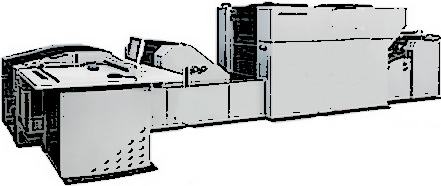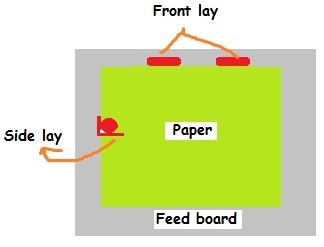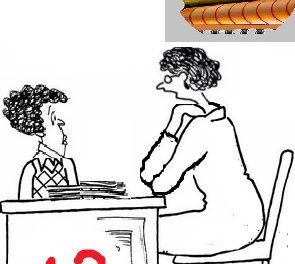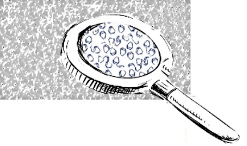
Guide to printing students – 9


The following are the commonly embedded security features in the Currencies and Bank Notes all over the world. Over 95 % of the world Currencies and Bank Notes contain only these features in addition to one or two specialized patented features developed as country specific feature.
- Water mark : It is a recognizable image or pattern in paper that appears lighter or darker compared to the colour of the paper on which it has been embedded. When viewed with a light from behind the paper, due to paper density variations the water mark will be visible. A watermark is made by impressing a soft metal stamp or dandy roll onto the surface of the paper during manufacturing of paper.
- Guilloché design : It is an ornamental pattern formed with several curved bands that interlace to repeat a circular design. They are made with a geometric lathe machine specially constructed for forming the design elements. It has several hundred gears that shapes up the design.
- Micro printing: Extremely minute delicate text, invisible to naked eye as text. The micro printing is most often used on currency and bank cheques. The text can be seen only when viewed by powerful magnifier.
- Colourshift thread : Specially printed or OVD patched color changing threads inter laced in the paper. They appear in different color when viewed at a different angle. The color of the thread does not actually change, but the angle of the light to the viewer’s eye changes and thus creates the change in color.
- OVI : Called Optically Varying Ink is also colour changing ink that show different colour when viewed in different angle. This ink is generally printed by Intaglio print process on the Currencies and Bank Notes.
- Security Thread :There are two kinds of security threads. One of them is thin aluminum coated and partly demetalized Polyester film thread with Micro print which is embedded in the security paper. The other is as mentioned above- colour shift thread.
- See through design: Banknotes are typically printed with perfect registration of a design whose design elements are split and placed as one half on each side of the sheet. Only a part of the design will be seen on one side while on the other side the other part of the same design will be printed. When the sheet is held against light and viewed, the split images on both sides will appear as perfectly registered thus showing full design element.
- Intaglio print: Embossed or relief effect of the print which can be felt by moving the finger over the printed image
- Dry offset print : The background light coloured design elements in different patterns, lines, criss crosses and ornamental designs.
- Fluorescent ink : Used for numbering which fluoresce when viewed under UV light
- Thermo chromatic ink : Ink which changes color or visibility when rubbed, usually by the fingertips.
- OVD patch: Generally found in the plastic and polymer notes. The insertion of an optically variable device (OVD) created from diffraction gratings in plastic as a security device inserted in banknotes.
- The press work for 8 hours per shift with minimum half an hour lunch break.
- Standard shift being 2 shifts per day.
- Press work for 365 days minus the general holidays and weekly offs on Saturday and Sundays.
- The machines are put to ‘x’ no of days for preventive maintenance per annum when no production will be done on them.
- The calculation is based on printing the maximum size sheet fed on the machine.
51 ) What is the acceptable standard formula followed for calculating the production norm ?
When the manufacturer says that the machine can runs at a maximum speed of 10000 sheets of A2 size paper an hour it will give an average output of ‘X’ no of sheets per hour taking into consideration machine stoppages for various reasons and general shift conditions. Therefore the output per year per machine would be worked out in the the following manner:
- Optimum speed of 10000 sheets per hour will to be worked out at the rate of 75 % i.e 7500 sheets per hour considering the full pick up of speed after each stoppage for some technical reason or the other. This is the standard practice followed internationally.
- 8 hours shift to be worked out as 6.0 hrs (75 %) giving 2 hours for shift start up, shift end cleaning, technical problems and make ready etc.
- 365 days a year to be worked out as 290 (80 %), the rest being no production days due to various intervening holidays and other reasons.
Therefore the optimum output based on above could be:
- 7500 sheets x 6 hours a day x A2 size paper x 290 days = 13 to 14 millions max per shift, per machine
- 7500 sheets x 6 hours a day x 10 ups in A2 size x 290 days = 140 million pieces max per shift, per machine
- 7500 sheets x 6 hours a day x 20 ups in A2 size x 290 days = 280 million pieces per shift, per machine
- 7500 sheets x 6 hours a day x 40 ups in A2 size x 290 days = 560 million pieces per shift, per machine
Based on the above formula each press work out their target and form their production norms.
















Recent Comments